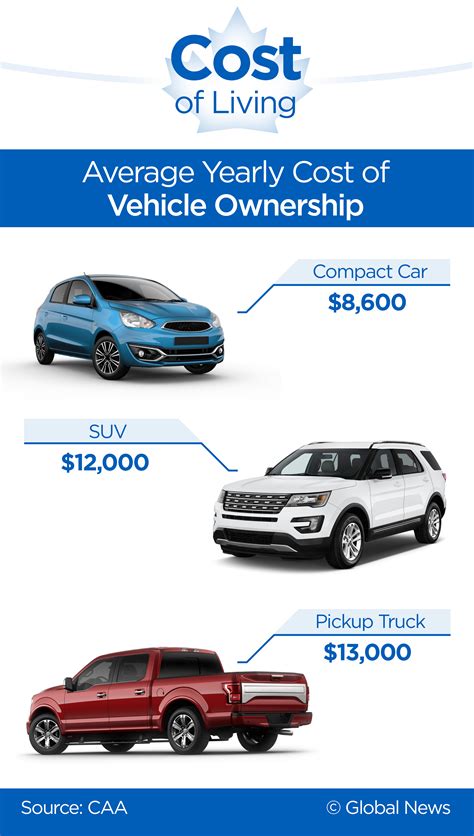The increasing popularity of large vehicles such as SUVs and trucks in the United States is more than just a trend or personal preference—it’s deeply ingrained in the country’s fabric of societal, economic, and even legislative aspects. Over the years, these vehicles have filled the streets, driven not only by consumer choice but also by a complex web of federal policies and market dynamics. The aggressive marketing strategies by automakers have played a significant role, often glamorizing the ruggedness and luxury of larger vehicles, which appeal significantly to American consumers.
While many Americans equate bigger with better, the environmental and social implications of driving such vehicles are enormous. From increased fuel consumption to higher emissions of pollutants, these automobiles significantly impact air quality and contribute to environmental degradation. Beyond pollution, the physical size and weight of these vehicles exacerbate road wear and elevate maintenance costs for infrastructure, which often goes unrecognized in the consumer’s decision-making process.
It’s crucial to understand that while electric vehicles (EVs) are on the rise, purported as a cleaner alternative, they are not without their issues. As substantial dialogue among environmentalists and experts suggests, EVs, especially the larger models, may not be as green as perceived. Heavier EVs wear down their tires faster, which leads to a more significant release of microplastic pollutants into the environment. There’s a growing concern over these non-exhaust emissions, which include particles from brake and tire wear, potentially overshadowing the benefits obtained from reduced tailpipe emissions.
Practical solutions seem distant when faced with the overwhelming trend towards larger automotive. However, strategies such as implementing a ‘fourth power law’ tax, which would exponentially increase fees based on vehicle weight, have been discussed. Although this could incentivize lighter vehicles, it could also lead to unintended consequences, such as every automobile barely meeting the weight threshold or significantly impacting industries reliant on heavier vehicles for transport and delivery.
In addition to policy approaches, there’s a critical need for technology that can address these pollutants head-on. For instance, redesigning tires to decrease particle shedding or enhancing the overall vehicle design to reduce weight without compromising safety could offer pathways to mitigate these environmental consequences. Furthermore, diversifying the public transportation options and urban planning to reduce vehicle dependency can play a crucial role in addressing both the pollution and the cultural fixation on larger cars.
Despite the advent of EVs and the technological promises they hold, the journey towards truly sustainable transportation is fraught with challenges that require not only technological innovation but also cultural shifts and legislative courage. The road to eco-friendly transportation is not merely about replacing fuel engines with electric ones; it’s about rethinking our entire approach to how we move and what implications our choices have on the environment.
Even as the environmental debate continues, market dynamics suggest a strong consumer preference for larger vehicles due to various factors, including perceived safety and social status. Addressing this issue means understanding deeper societal values and needs, shaping policies that align with sustainable practices while also appealing to these consumer inclinations. As we advance, the intertwining of policy, market forces, and environmental conservation will be crucial in steering towards a future where transportation contributes positively to society and the planet.


Leave a Reply